The short answer from a cerebrovascular expert

A: While driving a stroke patient to the hospital may initially seem like the best choice, calling 911 for an ambulance is the fastest way to get life-saving treatment to a stroke patient.
Advertisement
Cleveland Clinic is a non-profit academic medical center. Advertising on our site helps support our mission. We do not endorse non-Cleveland Clinic products or services. Policy
A stroke is a medical emergency, and time is of the essence. The more time that passes between the stroke and treatment, the greater the risk of brain damage, and the harder it becomes to reverse symptoms. Early treatment with medications and other interventions can preserve brain tissue and prevent long-term disability and/or death.
The 911 operators know which hospitals are designated as stroke centers and can best provide care. Interventions can begin en route in the ambulance or the mobile stroke treatment unit.
Mobile stroke treatment units are essentially intensive care units on wheels. The unit’s team, guided by a stroke specialist back at the hospital, can examine and perform blood tests as well as CT scans on the patient. If indicated, they can start clot-busting drugs. This process saves precious time compared with driving to the hospital.
If you notice the signs of stroke in someone nearby, call 911 immediately to give them the best chance for long-term recovery.
In the meantime, if the person seems weak, encourage them to sit or lie down so that they don’t fall, and avoid giving them aspirin or water. Aspirin increases the risk of bleeding if the stroke was caused by a hemorrhage and water poses a choking hazard.
Advertisement
—Cerebrovascular specialist Zeshaun Khawaja, MD, MBA
Advertisement
Learn more about our editorial process.
Advertisement
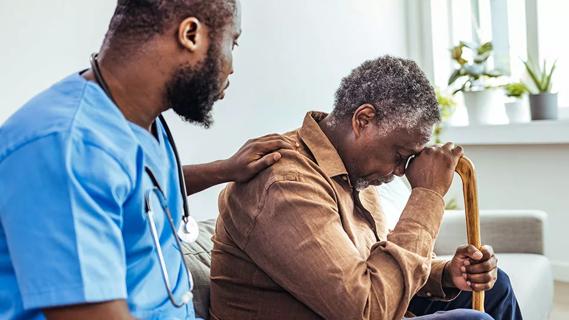
Your age, the type of stroke you had, the cause and the location can all impact your recovery

It can be overwhelming, but habit changes help lower your risk of another stroke
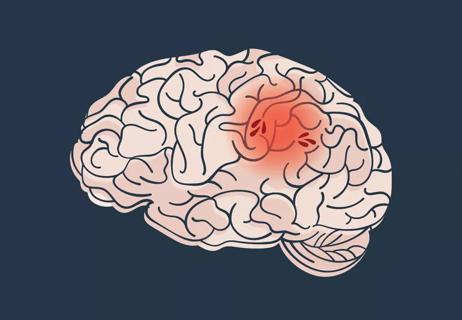
Act fast: Your risk for recurrent stroke is highest just after your first stroke
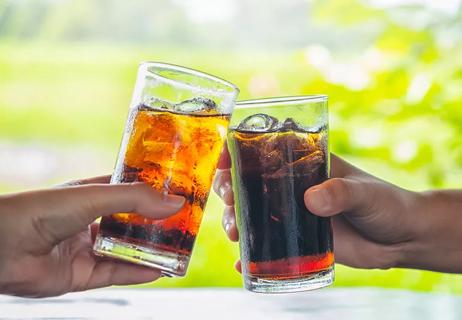
These ‘no-calorie’ drinks are linked to poor health
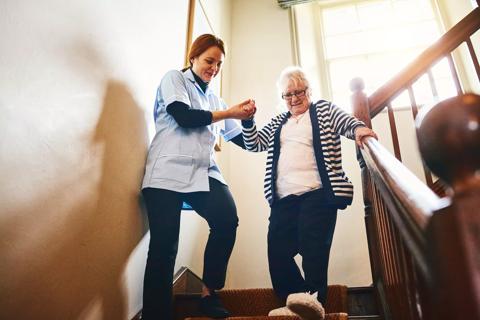
A good support system can help ease your transition

First study of deep brain stimulation in stroke survivors

Lorem ipsum dolor sit amet. Et odio Quis vel ipsam omnis eum alias deleniti et placeat impedit non voluptas galisum hic autem enim et cupiditate aliquid. Est beatae quidem non facilis autem ut commodi nisi aut tempore rerum et dolores voluptatem cum enim optio id sapiente quasi. Ad laboriosam officiis 33 cupiditate sequi ea voluptatum consectetur qui necessitatibus voluptate et quasi doloremque et facere explicabo quo explicabo officia
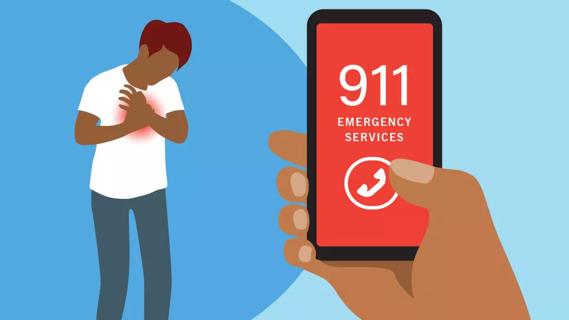
There’s no way to stop it once a heart attack is happening, but the most important thing you can do is to call for help

Type 2 diabetes isn’t inevitable with these dietary changes

Applying a hot or cold compress can help with pain